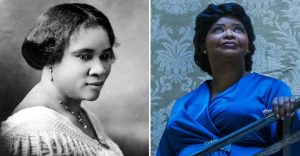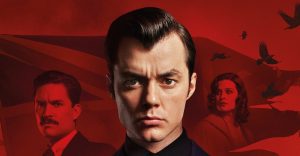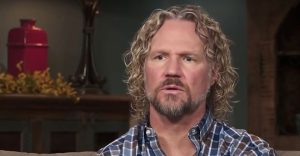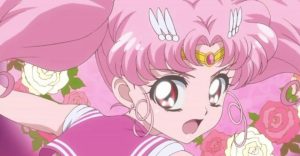10 Things Halston Teaches Us About The Fashion Industry
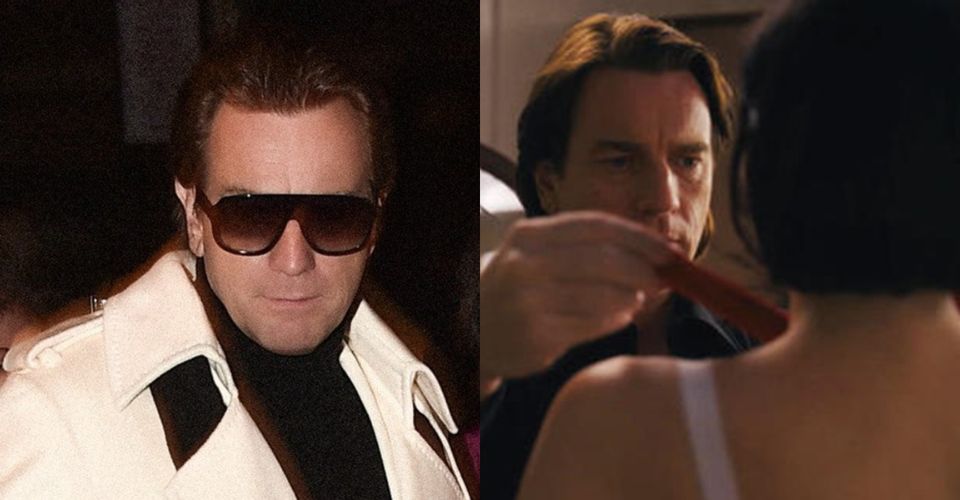
The rise and fall of Roy Halston Frowick (Ewan McGregor), at one time one of the most prominent names in high-end fashion in the ’70s and ’80s, is a cautionary tale about sacrificing creativity for profit. In Ryan Murphy’s kaleidoscopic Netflix mini-series Halston, the show provides an in-depth look at the fashion industry, revealing how mercurial it could be for someone wrestling with their own identity.
From the creation of Halston’s first clothing line for Bergdorf Goodman to selling it to J.C. Penney, fans learn what happens when a passionate and creative mind tries to have both creative control and financial freedom, among other fascinating lessons about the world of fashion.
10 A Designer Is Only As Good As Their Ability To Sell Themselves

When a young Halston tries to sway Bergdorf Goodman with his design ideas after the success of Jacqueline Kennedy’s pillbox hat, it becomes clear that a designer is only as good as their ability to sell themselves. Being able to market their ideas and, more importantly, convince potential investors of the revenue to be gained by them, is essential to any brand-building.
Later in the series, Halston charms potential investors for his new workspace and convinces them that a dingy warehouse space can be transformed into a fancy fashion studio. Halston’s ability to make people believe in him and his brand was the key to his early success.
9 Behind Every Great Designer Is A Great Team

Though he eventually came to believe it was his talents alone that defined his fashion brand, Halston’s early career was filled with exceptional collaborators who contributed to the unique aesthetic that was “Halston.” Joe Eula, a noted illustrator of the ’60s and ’70s, designer/model Elsa Peretti, and budding designer (later director) Joel Schumacher were among his early team.
Unfortunately, Halston’s ego grew along with his brand, and he began to form creative differences with his closest collaborators. At the end of his life, he made amends by acknowledging that one person couldn’t embody everything about a brand. Halston recognized his inability to listen to his friends contributed to his fashion label’s downfall.
8 Inspiration Comes From Everywhere

Like many fashion designers, Halston looked to the world around him for inspiration. When he was a boy, he found it by making his mother hats out of pheasant feathers that were gathered in his backyard. As an adult, something as simple as a piece of cloth blowing around a refurbished statue while on a stroll in New York City could spark his creativity.
As he notably says in the series, “You can’t put a budget on inspiration!”, indicating that finding the muse for a garment is priceless when it can mean the difference between becoming the next big hit in the fashion world or a complete failure.
7 It’s A Ruthless Business (Where Very Sensitive People Have To Work)

As Halston discovered, the fashion industry could be merciless. Once he sold his line to Norton Simon, Inc., making money, and not being innovative, became the most important aspect of designing. He wasn’t able to take as many risks and, as he found with his perfume bottle, he had to fight for and justify every creative decision.
Even though David Mahoney, Halston’s trusted business confidante, promised the fashion designer he’d always keep him safe from creative interference, Mahoney broke this pledge once he used the J.C. Penney deal to make Halston’s brand attractive enough to sell-off. Halston became very familiar with the phrase, “It’s just business”, which prioritized taking his personal desires out of the equation.
6 There’s A Narrow Window For Every Trend

Anticipating fashion trends is one of the most difficult aspects of the industry; what the public responds to one moment won’t be what they like in the next. It’s best when a designer like Halston, who was always on top of the cultural zeitgeist, can decide for them.
Early in his career, Halston thought he wanted to be the next Balenciaga, but he knew that ultimately he would have to establish his own brand. When Calvin Klein dominated the denim market, the astute David Mahoney told Halston he had to make the decision to compete with Calvin’s designs. Alas, Halston waited too long and the market was quickly oversaturated with designer jeans.
5 Being First And Being The Best Are Different Things

When Halston launched Halston Limited in 1969, his ready-to-wear line included soft fabrics that were at the confluence of utility and luxury. It was here that his signature Ultrasuede clothing shined. His ability to be first with fresh, innovative ideas in fashion earned him famous clients like Greta Garbo and built the foundation of a multi-billion dollar empire.
In the ’70s, when denim exploded in popularity, blue jeans by Calvin Klein threatened to usurp Halston’s sophisticated modality. It was at that point that Halston learned that one could either be first and original, as he was with Ultrasuede, or be the best and superior, as he intended to be with blue jeans. But he had to do something and waiting too long to decide cost him the command of the denim market.
4 Licensing Is Lucrative (Until It Oversaturates The Market)

Thanks to a lucrative deal with popular beauty brand Max Factor in 1975, Halston began releasing his namesake fragrance, and two years later it was generating profit in the tens of millions. After that, Halston’s name was on everything from luggage to lingerie. Despite its visibility, the brand wasn’t growing in profits, causing Halston to make a desperate move.
In the early ’80s, he signed a licensing deal with J.C. Penney for $1 billion dollars, a move that offered incredible brand expansion with affordable clothing and accessories. Unfortunately, this historic deal tarnished his reputation as a high-end designer, and the expansion into mid-priced retail chains made him appear cheap to his peers.
3 Fashion Is A Business, Not An Art

From the beginning of Halston Limited in 1969 until 1973, Halston’s line earned $30 million dollars, enough for him to become the subject of interest for Norton Simon, Inc., which he sold it to for $16 million dollars but stayed on as the principal designer. At this point, Halston had complete creative control but almost unlimited financial backing.
Halston’s method of designing was often at odds with the board of Norton Simon, Inc. Halston’s insistence on $30,000 for orchids to decorate his office or flying in a Concord jet to attend parties in Europe were expenses that the company saw as superfluous. His eccentricities were only permissible as long as he was producing a product on their timetable.
2 People Making The Decisions About Fashion May Know Nothing About It

Whenever he needed financial backing, Halston was at the mercy of investors who did not know anything about fashion as an art form. In his dealings with Norton Simon, Inc., this lack of knowledge became especially clear when his department was overseen by men who knew how to tabulate profits but knew nothing about the Halston’s garments.
In order to have unlimited financial support, Halston had to make compromises, and it ate at the sensitive part of him that believed in the more free-flowing concept of creativity. The only freedom came from being able to financially support his own endeavors, but Halston’s excessive lifestyle with people like Victor Hugo made it impossible since he didn’t funnel his own money back into his business.
1 Never Sell Your Name (It’s The Only One You Have)

Halston made millions of dollars by licensing his name, something unheard of in the elite world of fashion where one’s brand was synonymous with art and good taste. By the time of his death, his worst fears were realized: other designers whom he didn’t oversee put his name on products he didn’t create.
Halston’s pursuit of acceptance and love led him to the heights of glamour and profit, but he sacrificed more of his identity with each business deal. He came to realize that in life, all anyone had was their name to make their mark on the world, and although he made millions by selling it he would have paid “twice that much to get it back.”
About The Author











